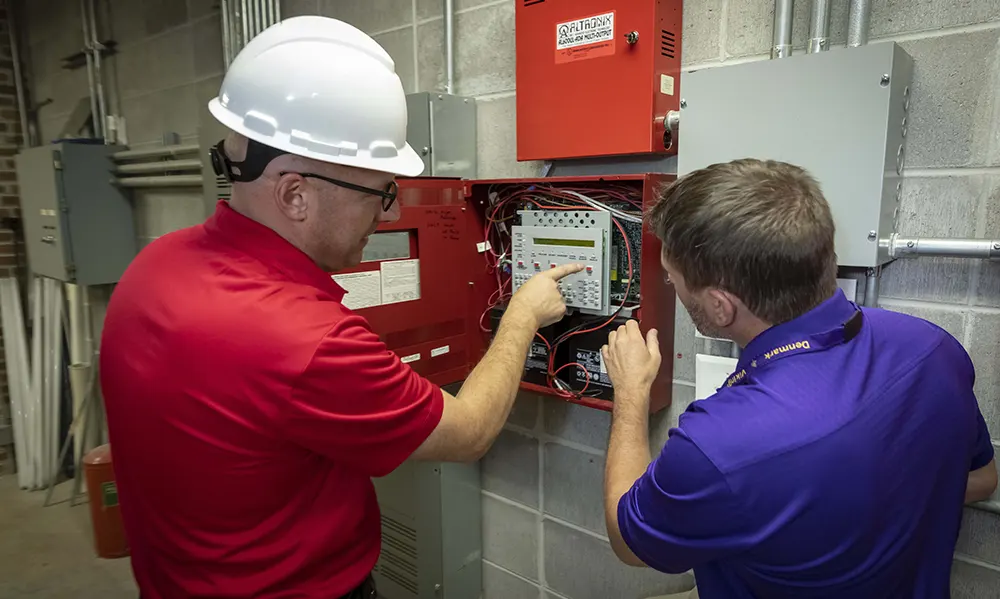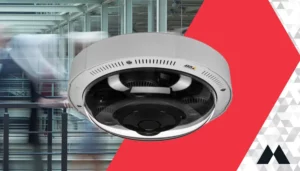
Decoding Fire Alarm Signals: A Guide to Supervisory, Trouble, and Alarm Notifications
Fire alarm systems play a critical role in ensuring the safety of people and properties. They constantly monitor buildings for potential threats and communicate through various signals to keep the occupants informed. Understanding the different types of signals can be confusing for many people, especially when distinguishing between Supervisory, Trouble, and Alarm signals. This blog post aims to demystify these signals and help you understand their significance in maintaining a safe environment.
Supervisory Signals:
Supervisory signals are designed to notify the building’s fire alarm control panel (FACP) and monitoring company of the status of certain devices or equipment within the fire protection system. These signals typically indicate non-emergency situations, but they are crucial for the system’s overall performance.
Common scenarios that trigger supervisory signals include:
- Low air pressure in dry sprinkler systems
- Valve position changes in water-based fire protection systems
- Low fuel levels in emergency generators
When a supervisory signal is received at the FACP, it visually indicates the affected device or equipment. It is crucial to address these issues promptly to ensure the fire protection system remains fully operational.
Trouble Signals:
Trouble or fault signals indicate a problem or malfunction within the fire alarm system. These signals are essential for identifying issues requiring immediate attention to prevent further complications or potential system failure.
Common causes of trouble signals include:
- Loss of power to the fire alarm control panel
- Faulty wiring or device connections
- Low battery voltage in backup power supplies
- Ground faults
When a trouble signal is received at the FACP, it generates an audible and visual indication of the problem. Facility managers or maintenance personnel should address trouble signals promptly to maintain the integrity of the fire alarm system.
Alarm Signals:
Alarm signals are the most critical of the three types, as they indicate the presence of a fire or potential fire hazard. When a fire alarm system detects smoke, heat, flow, pull, or another indication of a fire, it activates an alarm signal to alert building occupants.
Common devices that trigger alarm signals include:
- Smoke detectors
- Heat detectors
- Manual pull stations
- Water flow switches
When an alarm signal is activated, the FACP triggers notification appliances such as horns, strobes, and/or voice evacuation systems to alert building occupants. The monitoring company is notified, and emergency services are dispatched to the location.
Summary
Understanding the differences between Supervisory, Trouble, and Alarm signals is crucial for maintaining a safe and secure environment. Each signal serves a unique purpose in a properly functioning fire alarm system. It is essential for building occupants, facility managers, and maintenance personnel to recognize these signals and respond appropriately to ensure the safety of everyone in the building. Regular maintenance and inspections of fire alarm systems are vital to preventing issues and ensuring the system functions as intended.




















